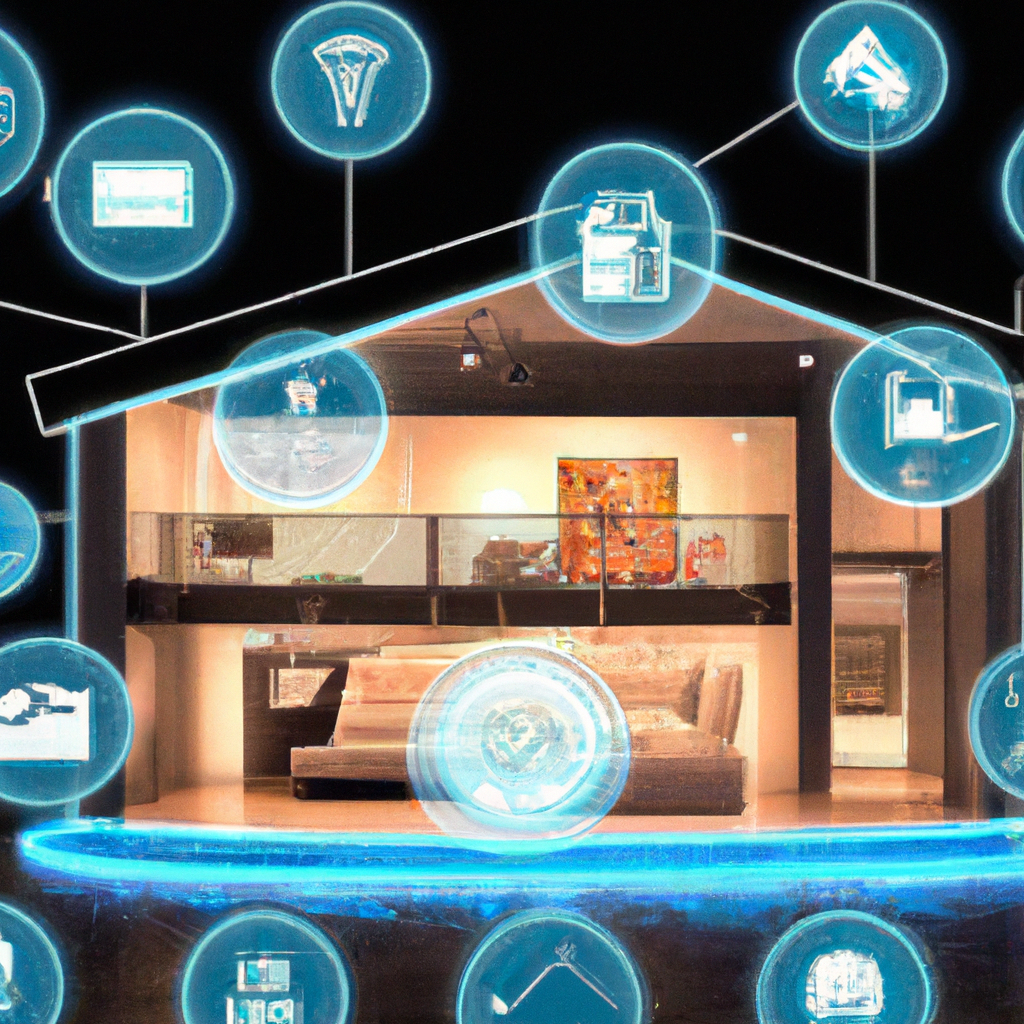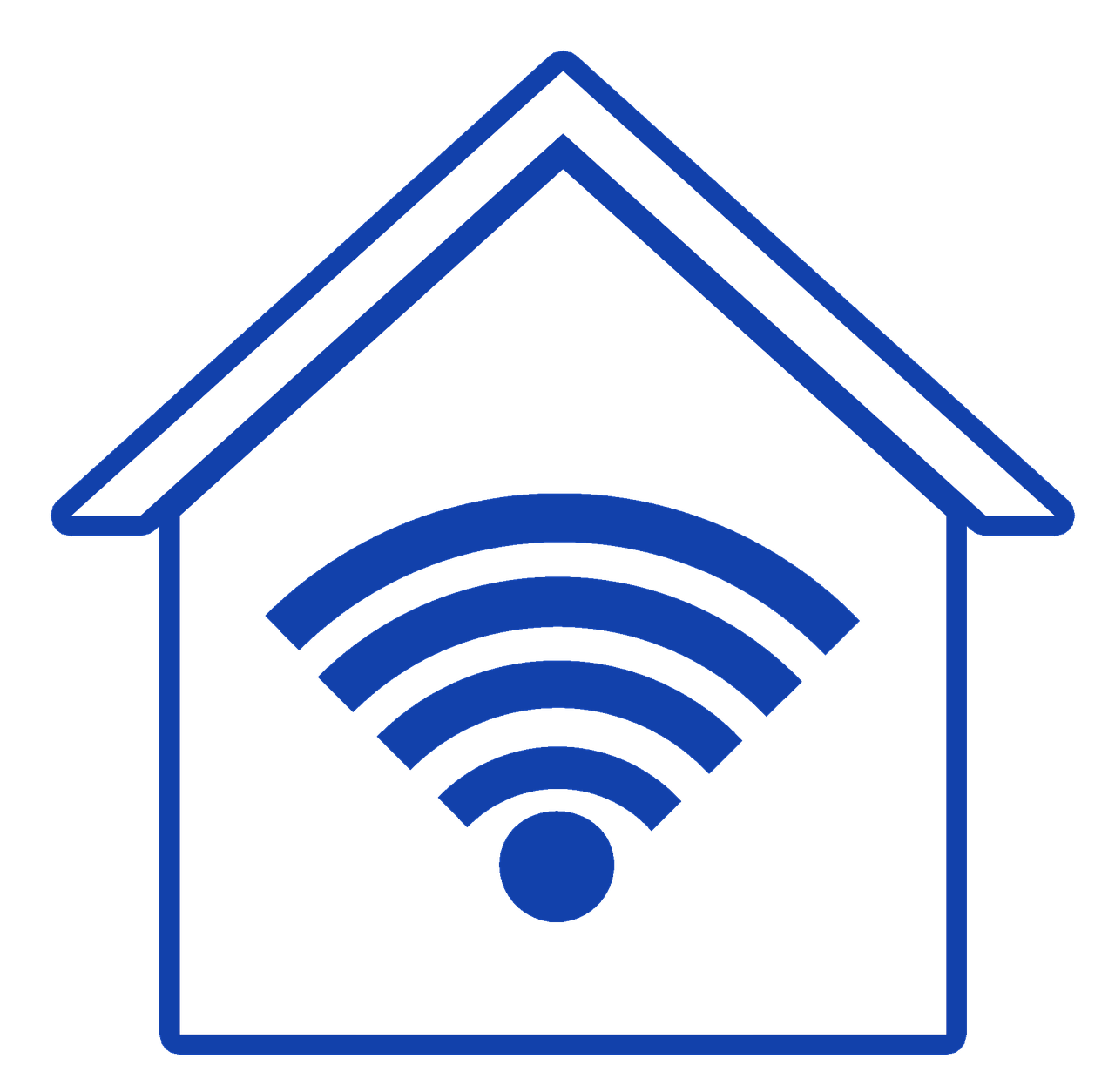Imagine a world where your lights automatically turn on as soon as you step foot through the front door, your thermostat adjusts to the perfect temperature before you even think about it, and you can control every aspect of your home with just a few taps on your smartphone. This is the future of living, and it’s all thanks to embracing a smart home. In this article, we will explore the numerous advantages of transitioning to a smart home and how it can revolutionize the way you live. From increased convenience and energy efficiency to improved security and peace of mind, get ready to discover the endless possibilities that await you in your very own smart home.
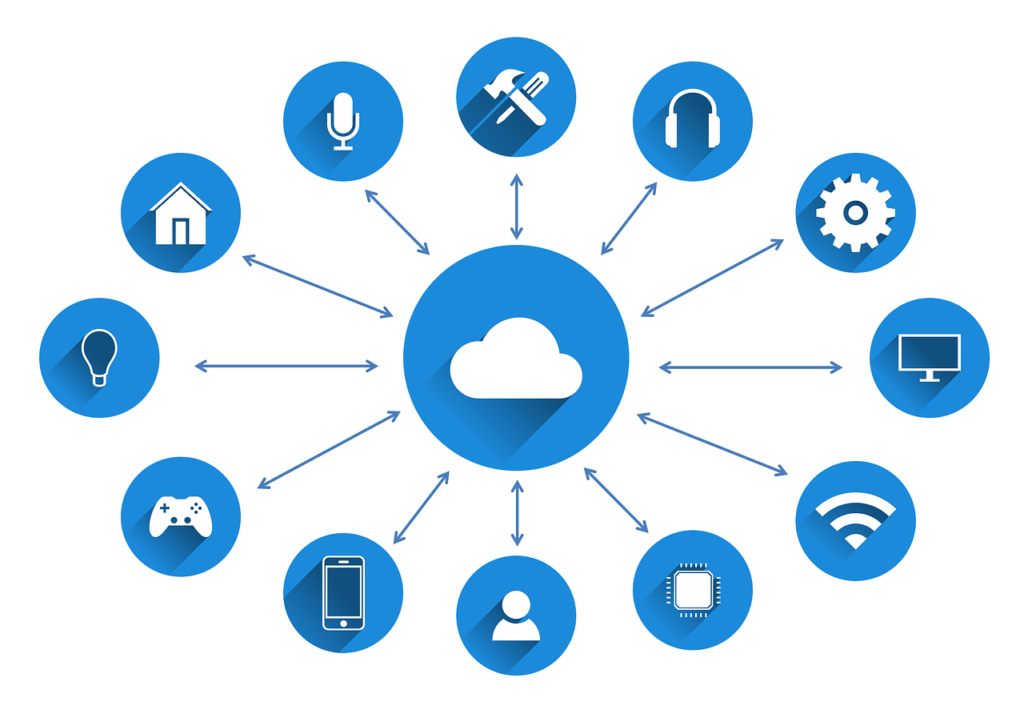
Convenience
Remote control of devices
One of the major advantages of embracing a smart home is the convenience it offers through remote control of devices. With a smart home system in place, you can easily control various devices in your home, such as lights, thermostats, and appliances, from anywhere using your smartphone or a voice command. This eliminates the need to manually operate each device, allowing you to have a more seamless and effortless experience in managing your home.
Automation of everyday tasks
Another aspect of convenience provided by smart homes is the automation of everyday tasks. Smart home systems can be programmed to perform tasks automatically based on your preferences and routines. For example, you can set your lights to automatically turn on when you arrive home or schedule your coffee maker to start brewing in the morning. By automating these mundane tasks, you can save time and effort, making your daily life more convenient and efficient.
Voice-controlled operation
With the advancements in voice recognition technology, smart homes now offer voice-controlled operation as a convenient feature. By connecting your smart home devices to virtual assistants like Amazon Alexa or Google Assistant, you can control your home simply by speaking commands. Whether you want to dim the lights, adjust the temperature, or play your favorite music, all you need to do is use your voice. This hands-free control adds an extra level of convenience and ease to your smart home experience.
Energy Efficiency
Smart thermostats
One of the key benefits of transitioning to a smart home is the improved energy efficiency it brings, starting with smart thermostats. These intelligent devices can learn your heating and cooling preferences and automatically adjust the temperature based on your habits and occupancy patterns. They can also be controlled remotely, allowing you to optimize your energy usage even when you’re not at home. By automatically maintaining the optimal temperature and avoiding unnecessary energy consumption, smart thermostats can significantly reduce your energy bills.
Smart lighting
Smart lighting systems offer a range of energy-saving features that contribute to the overall energy efficiency of your smart home. With smart bulbs and switches, you can schedule your lights to turn on and off at specific times, or even have them automatically adjust based on natural light levels. Motion sensors can also be integrated into the system, ensuring that lights are only turned on when needed. By intelligently managing your lighting, you can avoid unnecessary energy waste and create a more environmentally-friendly home.
Energy monitoring
In addition to smart thermostats and lighting, smart homes provide you with the ability to monitor and track your energy consumption in real-time. Smart energy monitoring devices can be installed to provide detailed information about your energy usage, helping you identify areas of high consumption and make informed decisions about reducing your energy footprint. By having a clear understanding of how and when you’re using energy, you can make adjustments and adopt more energy-efficient habits, leading to long-term savings and a greener lifestyle.
Improved Security
Remote monitoring and access
One of the most significant advantages of a smart home is the improved security it offers through remote monitoring and access. With smart security systems in place, you can keep an eye on your home from anywhere using your smartphone. Whether you’re at work or on vacation, you can easily check live camera feeds, receive alerts for any suspicious activity, and even control door locks remotely. This gives you peace of mind and a greater sense of security, knowing that you have full control and visibility over your home at all times.
Smart locks and doorbell cameras
Smart homes provide enhanced security through the integration of smart locks and doorbell cameras. Smart locks eliminate the need for traditional keys, allowing you to lock and unlock your doors using your smartphone or a secure PIN code. This not only eliminates the risk of losing keys but also enables you to grant access to family members, friends, or service professionals remotely. In combination with doorbell cameras, which provide live video and two-way communication, you can monitor visitors and even speak to them from wherever you are, adding an extra layer of security and convenience to your home.
Integration with security systems
Smart homes can be seamlessly integrated with professional security systems, further enhancing the overall security of your property. By connecting your smart home devices with a monitoring service, you can receive instant alerts and notifications in the event of a security breach or emergency. These notifications can be sent to both your smartphone and the monitoring service, ensuring that help is on the way when needed. Whether it’s detecting a break-in, fire, or carbon monoxide leak, smart home integration with security systems provides a comprehensive solution to keep your home and loved ones safe.
Enhanced Safety
Smart smoke detectors
Smart homes prioritize safety by incorporating smart smoke detectors into their systems. These intelligent devices are designed to detect smoke or fire and immediately trigger alarms to alert everyone in the house. What sets smart smoke detectors apart is their ability to connect to your smartphone, sending you instant alerts and notifications in case of any emergency. You can even silence false alarms remotely or check the status of the detector’s batteries without physically being present. With smart smoke detectors, you can have the peace of mind that comes with knowing your home is well-protected against fire hazards.
Water leak detectors
Water leaks can cause significant damage to your home if not detected and addressed in a timely manner. Smart homes address this concern by incorporating water leak detectors into their setups. These detectors can sense even the smallest leaks and send alerts to your smartphone, allowing you to take immediate action. By detecting leaks early on, you can prevent potential water damage, save on costly repairs, and maintain a safe and healthy living environment.
Monitoring for elderly or disabled individuals
Smart homes also offer safety features for elderly or disabled individuals who may require extra assistance or monitoring. With the integration of motion sensors and wearable devices, you can ensure the well-being of your loved ones by monitoring their activity levels, detecting falls, or providing emergency alerts. This allows for greater independence and peace of mind, knowing that help can be summoned quickly if needed. Smart homes provide a supportive environment by leveraging technology to enhance the safety and quality of life for those who need it most.

Cost Savings
Reduced energy consumption
One of the significant cost-saving benefits of embracing a smart home is the reduced energy consumption it promotes. By using smart devices and automation features to optimize energy efficiency, you can significantly lower your monthly energy bills. Smart thermostats and lighting systems, for example, ensure that energy is only used when necessary, minimizing wastage. Monitoring tools also provide insights into your energy usage, helping you identify areas where you can make adjustments and conserve energy. Over time, these savings can add up, allowing you to allocate your funds towards other priorities.
Optimized appliance usage
Smart homes enable you to optimize the usage of your appliances, further reducing your energy costs. With the ability to remotely control and monitor your appliances, you can ensure that they are only operating when needed. For instance, you can turn off the air conditioner or adjust its temperature while you’re away from home, avoiding unnecessary energy consumption. You can also receive notifications when appliances are left running or malfunctioning, enabling you to address any issues promptly. By optimizing the usage of your appliances, you not only save on energy but also extend the lifespan of your devices, reducing maintenance and replacement costs.
Lower insurance premiums
Many insurance companies recognize the benefits of smart home technology in mitigating risks, leading to potential cost savings on insurance premiums. By implementing security systems, such as smart locks, motion sensors, and surveillance cameras, you can reduce the risk of burglary or property damage. Insurance providers may offer discounts or incentives for homeowners who invest in these security measures, making it financially advantageous to embrace smart home technology. It’s important to consult with your insurance provider to understand the potential savings and coverage options available to you.
Comfort and Ambiance
Automated climate control
Smart homes provide a high level of comfort through automated climate control systems. With the integration of smart thermostats and sensors, your home can adjust the temperature automatically based on occupancy and your preferred settings. You can set different temperature zones for different areas of your home and even schedule temperature changes throughout the day. This ensures that you always come home to a comfortable environment without the need for manual adjustments. By automating climate control, you can create a cozy and personalized living space that caters to your comfort needs.
Smart window treatments
Smart window treatments, such as motorized blinds or curtains, offer convenience and enhance the ambiance of your home. With the ability to control them remotely or program them to open and close at specific times, you can easily manage natural light, privacy, and insulation. For instance, you can schedule your blinds to open in the morning to let in natural light and close in the evening for privacy. Smart window treatments not only add a touch of luxury to your home but also contribute to energy efficiency by minimizing heat gain or loss through windows.
Smart entertainment systems
Transform your home into an entertainment haven with smart entertainment systems. By integrating your audio, video, and gaming devices into a smart home setup, you can control and enjoy immersive experiences with ease. Whether you want to stream music throughout your home, create a home theater experience, or sync your audio and lighting for a party atmosphere, smart entertainment systems make it all possible. With the convenience of centralized control and seamless integration, you can create the perfect ambiance for relaxation, entertainment, or socializing, making your home the ultimate entertainment hub.
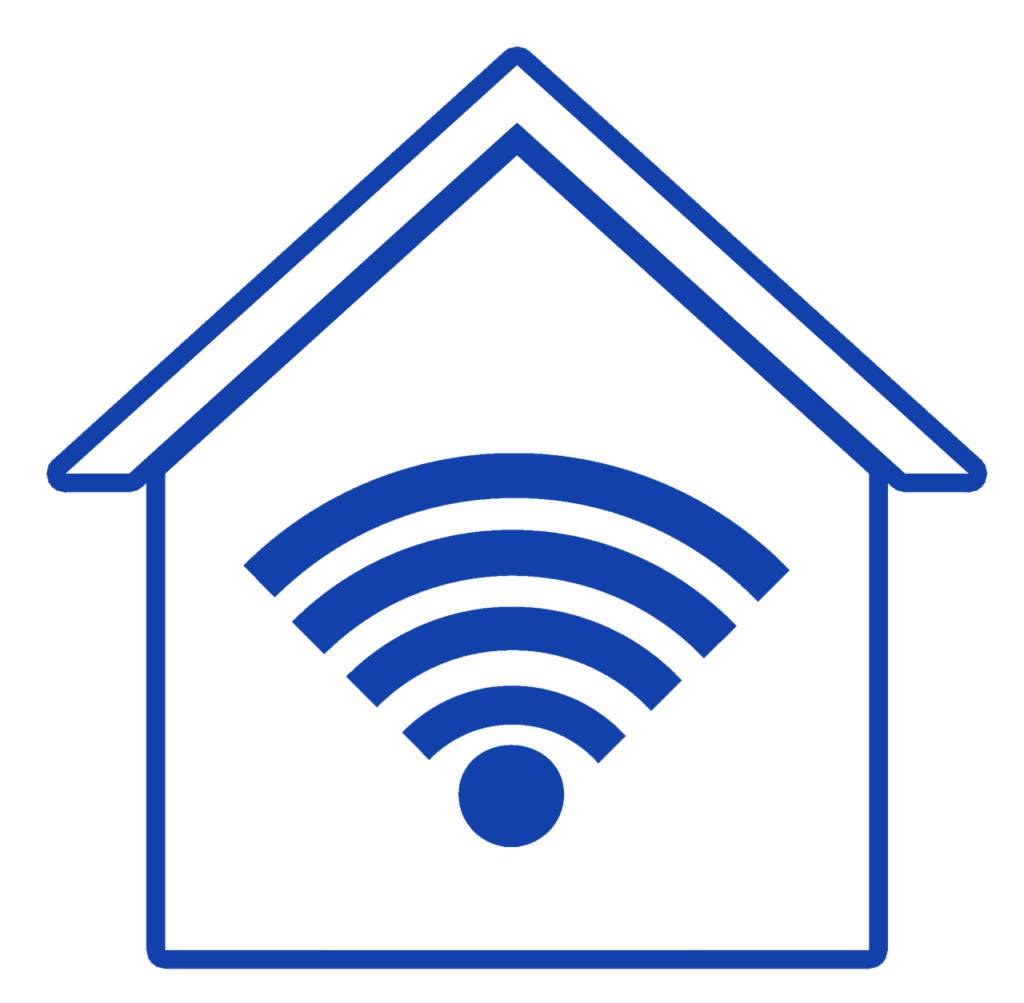
Increased Productivity
Efficient home management
Smart homes provide tools for efficient home management, improving your productivity in various areas of your daily life. With the help of smart assistants like Amazon Alexa or Google Assistant, you can manage your schedule, set reminders, and create to-do lists through voice commands. You can also integrate your smart home system with your smartphone, allowing you to control and monitor your devices remotely. Whether you’re adjusting the thermostat on your way home or checking if you left the lights on, these time-saving features simplify your home management tasks, leaving you with more time and energy to focus on other important aspects of your life.
Workflow automation
Smart homes offer workflow automation capabilities that can streamline your daily routines and increase productivity. By utilizing motion sensors and timers, you can have lights turn on or off automatically as you move from room to room, eliminating the need to manually switch them on or off. You can also program specific actions to occur when triggered by certain events, such as having your coffee maker start brewing when your morning alarm goes off. By automating these repetitive tasks, you can save valuable time and mental energy, allowing you to be more productive and efficient in your daily activities.
Smart home office setup
Working from home is becoming more common, and smart homes can provide an optimal environment for productivity and focus. With a smart home office setup, you can integrate your devices, such as computers, printers, and smart lighting, into a unified system. This allows you to control and manage your office environment effectively. For example, you can adjust the lighting to reduce eye strain, create custom settings for work-related tasks, and even schedule quiet hours to minimize distractions. With a smart home office setup, you can create a professional and productive workspace that enhances your overall work-from-home experience.
Monitoring and Notifications
Home security alerts
Smart homes offer monitoring and notification systems that provide real-time alerts for potential security breaches. Whether it’s a door or window being opened, unexpected motion detected, or a security camera detecting suspicious activity, you can receive instant notifications on your smartphone or other connected devices. These alerts allow you to take immediate action, such as contacting authorities or checking live camera feeds, helping to ensure the safety and security of your home and loved ones. The ability to monitor your home and be alerted to any potential threats provides peace of mind and reassurance, even when you’re away.
Appliance malfunction notifications
Smart homes can also help detect and notify you of any appliance malfunctions or issues. By integrating monitoring devices and sensors into your appliances, you can receive notifications if any abnormal behavior or faults are detected. For example, if your refrigerator is not maintaining the correct temperature or your washing machine encounters an error, you’ll be alerted right away. These notifications allow you to address the problems promptly, potentially preventing more significant damage or expensive repairs. Early detection of appliance malfunctions can help prolong their lifespan and minimize inconveniences in your daily life.
Activity monitoring for kids or pets
For families with young children or pets, smart homes can provide a valuable tool for monitoring and ensuring their safety. By using motion sensors or wearable devices, you can track the activity levels or location of your children or pets throughout your home. This allows you to have peace of mind, knowing that they are safe and within designated areas. For example, you can receive notifications if a motion sensor detects your child leaving a specific area of the house or if a pet’s activity level drops significantly. By monitoring their activities, you can respond promptly to any potential risks or concerns, ensuring a safe and protected environment for your loved ones.
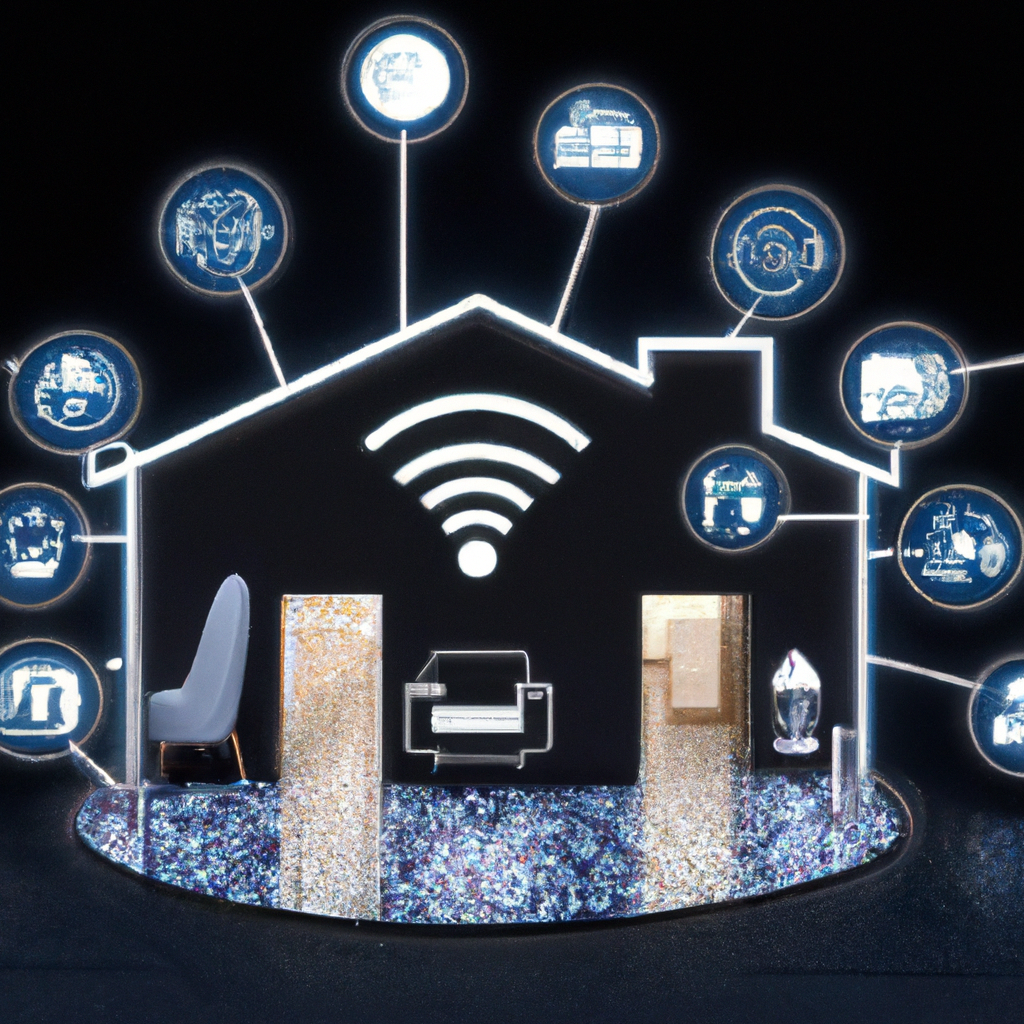
Healthy Living
Smart health monitoring devices
Smart homes embrace the concept of healthy living by incorporating smart health monitoring devices into their systems. These devices include smart scales, blood pressure monitors, and fitness trackers that can be seamlessly integrated into your smart home setup. By connecting these devices to your smartphone or a central hub, you can track and monitor your health metrics, set goals, and receive personalized recommendations for a healthier lifestyle. Utilizing smart health monitoring devices within your smart home ecosystem encourages proactive self-care and empowers you to take control of your well-being.
Air quality management
Indoor air quality plays a crucial role in maintaining a healthy living environment, and smart homes offer solutions for efficient air quality management. Smart air purifiers and ventilation systems can automatically monitor and adjust the air quality based on factors such as humidity, temperature, and pollutant levels. With the ability to connect to your smartphone, you can remotely control and monitor these devices, receiving real-time updates on the air quality in your home. By maintaining clean and healthy indoor air, you can reduce the risk of respiratory issues, allergies, and other health problems, ultimately improving the well-being of you and your family.
Lighting for well-being
Smart homes recognize the impact of lighting on our well-being and offer features to enhance our daily lives. With smart lighting systems, you can utilize various lighting options to create the desired ambiance at different times of the day. For example, you can have bright, cool-toned lights in the morning to promote wakefulness and productivity, and dim, warm-toned lights in the evening to induce relaxation and better sleep. Some smart lighting systems even mimic natural daylight, positively affecting your mood and energy levels. By utilizing lighting for well-being, you can create a healthier and more harmonious living space that promotes your overall health and happiness.
Integration and Compatibility
Smart devices interoperability
Interoperability is an essential aspect of a smart home system, allowing different devices and technologies to communicate with each other seamlessly. Smart homes embrace this concept by supporting interoperability between various smart devices and platforms. This means that devices from different manufacturers or ecosystems can work together, eliminating the need for separate apps or complicated setups. For example, you can have smart speakers from one brand interacting with smart bulbs from another brand, all controlled through a single interface. This level of flexibility and compatibility ensures a smooth and unified smart home experience.
Centralized control through apps
Smart homes provide centralized control through intuitive mobile apps that allow you to manage all your connected devices from one place. These apps provide a user-friendly interface where you can control, monitor, and customize various aspects of your smart home. From adjusting the temperature, setting lighting scenes, or scheduling automated tasks, you have full control over your home right at your fingertips. The convenience of centralized control simplifies the management of your smart home ecosystem, enhancing your overall experience and making it easier to adapt to your preferences and changing needs.
Compatibility with existing appliances
Transitioning to a smart home doesn’t mean having to replace all your existing appliances. Smart homes are designed to be compatible with a wide range of appliances, allowing you to integrate and control them within your smart home ecosystem. This compatibility is achieved through technologies such as Wi-Fi, Bluetooth, and Zigbee, enabling seamless communication between your smart devices and existing appliances. For example, you can control your traditional refrigerator, dishwasher, or washing machine through a smart home app or voice command. This compatibility ensures a hassle-free transition to a smart home without the need for a complete overhaul of your appliances.
